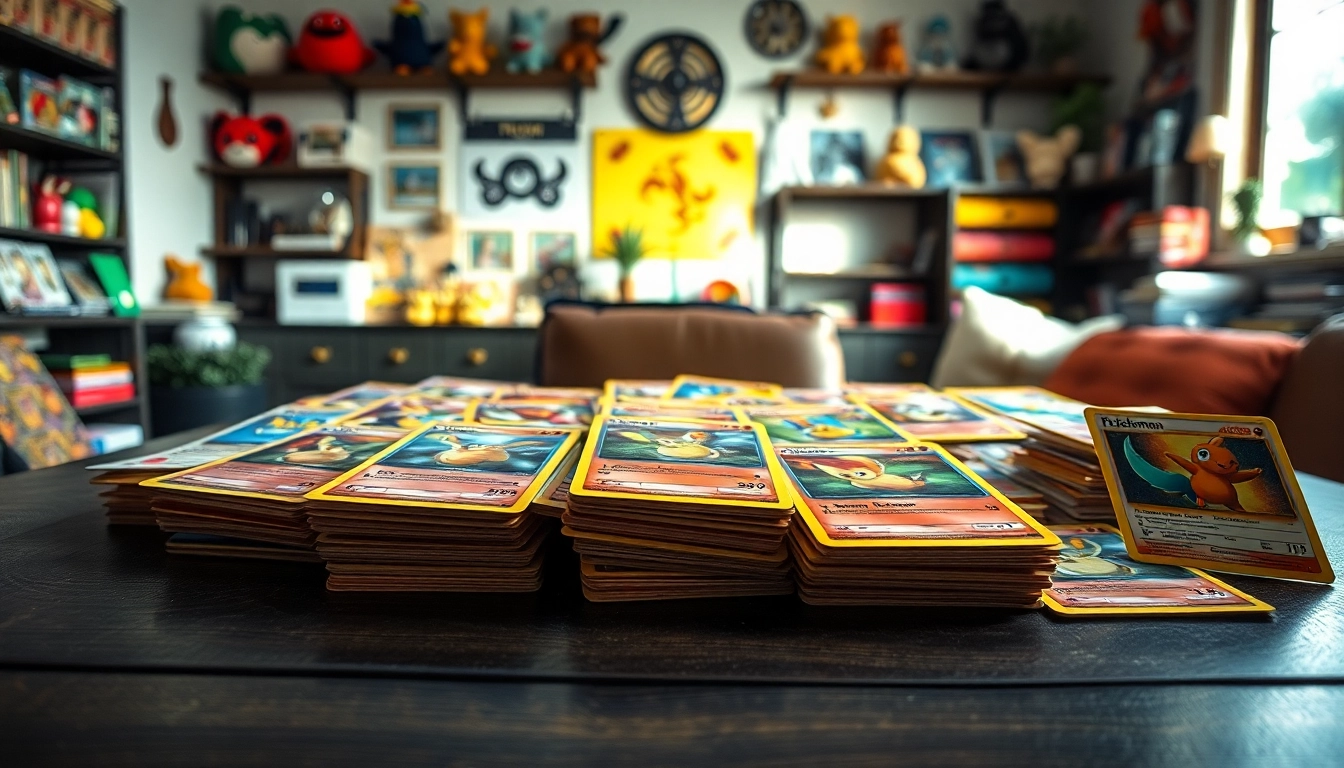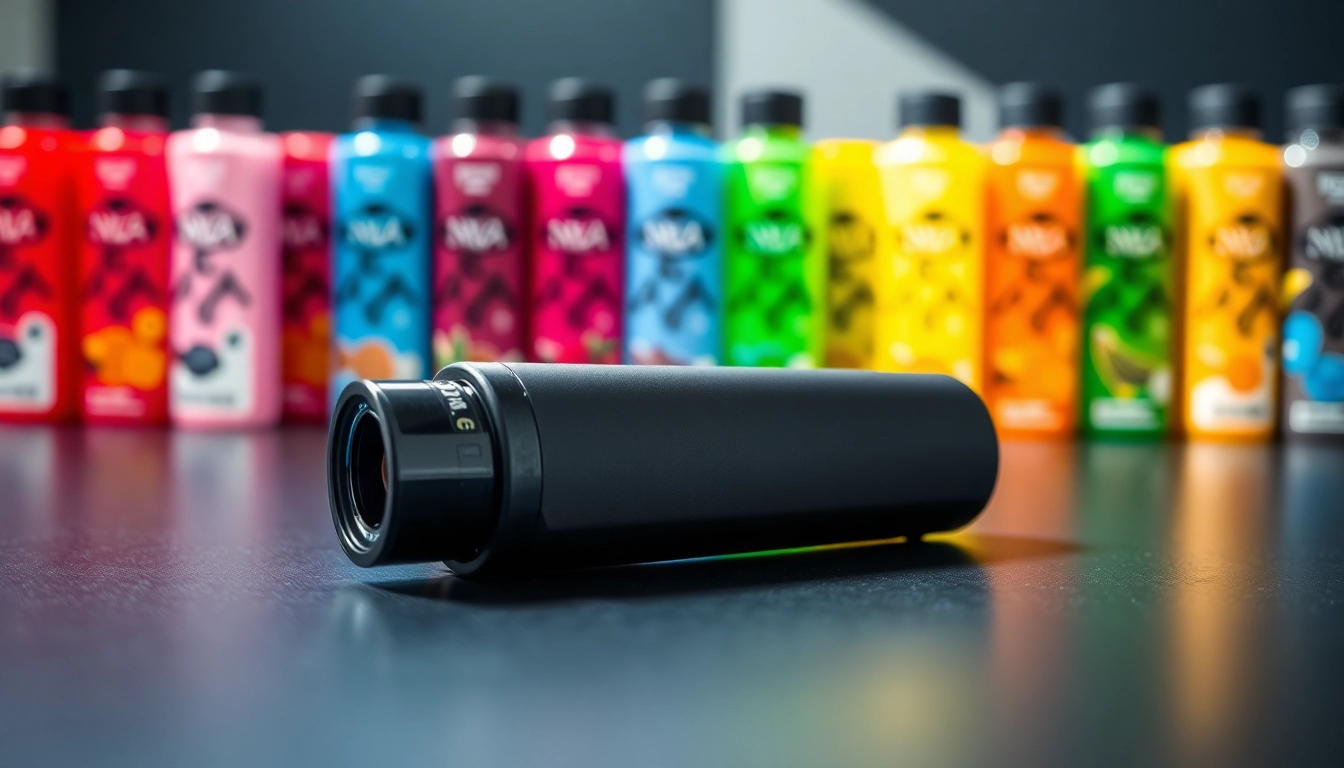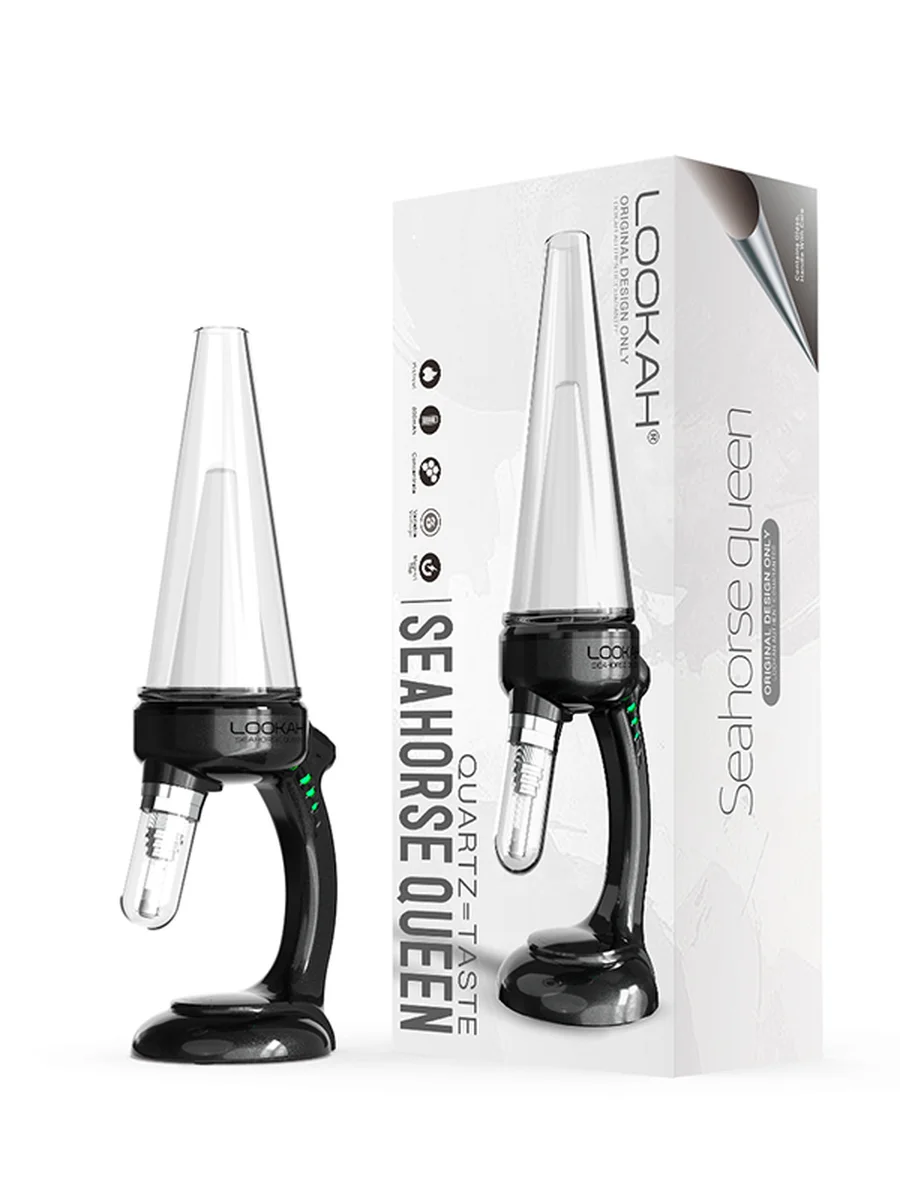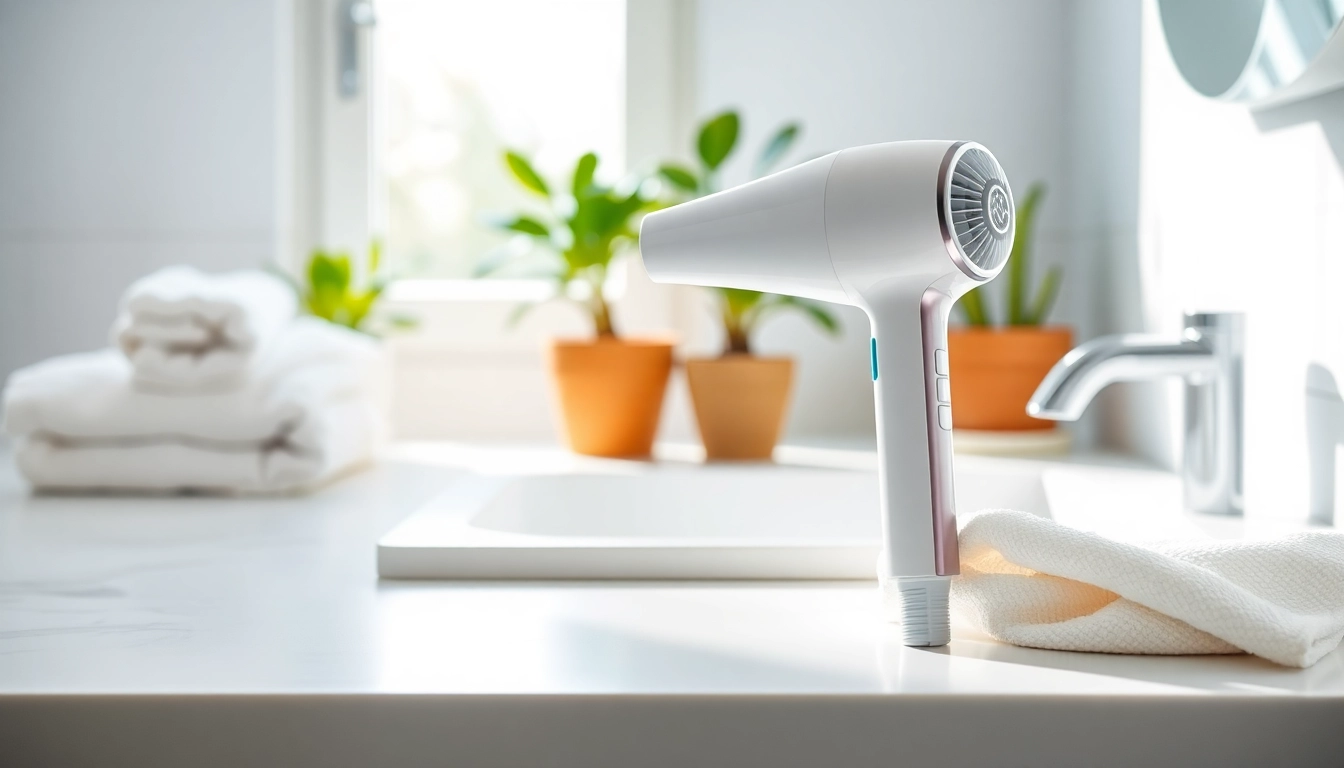Understanding Real Pokémon Cards
The world of Pokémon cards is not just about the thrill of collecting; it’s also about ensuring the authenticity of the cards you possess. As the demand for collectible trading cards continues to soar, so does the influx of counterfeit options in the market. This is why understanding what constitutes real Pokémon cards is crucial for both new collectors and seasoned enthusiasts alike. Here, we will delve deep into the characteristics, myths, and identification methods for authentic Pokémon cards.
1. Characteristics of Authentic Pokémon Cards
Authentic Pokémon cards have specific features that set them apart from fakes. Here are the essential characteristics to look for:
- Material Quality: Real Pokémon cards are made from a specific type of cardstock that gives them a particular weight and texture. They feel sturdy and have a matte finish, making them different from the cheaper materials often used in counterfeits.
- Printing Quality: A hallmark of real Pokémon cards is the sharpness of the printed images. Genuine cards feature vibrant colors and clean lines, while fakes may have blurry images and faded colors.
- Holographic Features: Many Pokémon cards boast holographic images or foiling that is done with precision. If the holographic effect appears dull or misaligned, it’s a sign the card may not be authentic.
- Card Thickness: Authentic Pokémon cards have a standard thickness, usually around 0.305 mm. Use a reliable ruler to measure the thickness if in doubt.
- Card Borders: Real cards have consistent, symmetrical borders of the same width all around. Any discrepancies may indicate a counterfeit.
2. Common Myths about Pokémon Card Authenticity
As with any hobby, misinformation can spread quickly. Here are some common myths that need debunking:
- Shiny Cards are Always Real: Just because a card has a shiny or holographic finish does not guarantee its authenticity. Counterfeiters have mastered the art of making shiny cards that look convincing.
- Older Cards are Always Fake: While it’s true that counterfeit cards are most common in older sets, there are still many genuine cards circulating. Each card should be checked carefully regardless of its age.
- Only Rare Cards Can Be Faked: Many assume that only highly valuable cards attract counterfeiters. However, even common cards can be targets for fakes.
3. How to Identify Real Pokémon Cards
Identifying real Pokémon cards requires a keen eye and some handy techniques. Here are proven methods:
- The Light Test: An effective way to check card authenticity is by holding it to a bright light. Genuine cards will allow some light to pass through but won’t be fully transparent. Fake cards are typically too thick or do not allow light to filter through appropriately.
- The Black Light Test: Using a black light can help identify the authenticity of Pokémon cards. Real cards will show a unique fluorescence that is absent in most fakes. If a card glows in unusual colors, it might be counterfeit.
- The Flex Test: Gently flexing the card can also help determine its authenticity. Authentic cards will snap back into shape, while fakes may bend and remain deformed.
- Comparison Method: If possible, compare the suspected fake card with a known authentic card. Look for differences in color saturation, text font size, and overall details.
Where to Buy Real Pokémon Cards
Knowing where to purchase authentic Pokémon cards is as vital as knowing how to identify them. Here’s a guide to the best sources for buying real Pokémon cards while avoiding fraud and fakes.
1. Top Retailers for Authentic Card Purchases
If you are purchasing cards from established retailers, your chances of receiving authentic cards are significantly higher. Some of the top retailers include:
- Pokémon TCG Official Store: This is the safest bet for acquiring authentic cards, as the Pokémon Company themselves sells official products.
- Pokémon Center: Their official site offers a range of cards and accessories. The products are guaranteed to be genuine and of high quality.
- Big Box Retailers: Stores like Walmart and Target often stock Pokémon cards in dedicated sections. Ensure you check for official packaging.
2. Online Marketplaces: Pros and Cons
Buying from online marketplaces can be a double-edged sword. Here’s what you should consider:
- Pros: The vast selection of cards, potentially better prices, and convenience are major advantages of online marketplaces.
- Cons: The risk of purchasing counterfeit cards is higher when buying from less reputable sellers. Always check feedback and ratings before purchasing.
Top online platforms include eBay, TCGPlayer, and individual seller sites, but make sure to research the seller’s rating and reviews to minimize risks.
3. Local Game Stores: Supporting Your Community
Buying from local game stores (LGS) not only supports your community but also offers a personal touch. Here are some reasons to consider visiting your local store:
- Expert Advice: Store owners and employees often have extensive knowledge of Pokémon cards and can guide you in making the right purchases.
- Community Connection: Many LGS hold Pokémon TCG events, tournaments, and swap meets, providing a chance to meet fellow enthusiasts.
- Hands-On Inspection: Purchasing from a local store allows you to inspect the cards in person, providing an added layer of comfort regarding authenticity.
The Value of Real Pokémon Cards
The value of Pokémon cards can vary significantly based on multiple factors. Understanding these can help collectors make informed investments in their collections.
1. Factors Influencing Card Value
Several elements contribute to a card’s market value:
- Rarity: Rare cards, especially those that feature unique artwork or are part of limited releases, typically fetch higher prices.
- Condition: The card’s condition is graded on a scale from poor to mint. Cards in pristine condition command higher prices.
- Demand: Market trends can significantly affect a card’s value. A rise in the popularity of a particular Pokémon can lead to an increase in its card value.
- Age: Older cards, particularly those from the original series, tend to hold nostalgic value that can enhance their price.
2. How to Appraise Your Collection
Appraising your Pokémon card collection involves several steps to ensure you comprehend its true value:
- Research Market Trends: Use resources like TCGPlayer, Beckett, and Pokémon price guide websites that provide updated market values based on sales.
- Professional Grading: Consider submitting valuable cards to grading services like PSA or Beckett for evaluation. A certified grade can greatly enhance the card’s value.
- Join Community Discussions: Engaging with other collectors in forums or social media can provide insights into current trends and valuations.
3. Trends in the Pokémon Card Market
The Pokémon card market is dynamic, often influenced by pop culture, media releases, and nostalgia. In recent years, we’ve seen skyrocketing prices for specific cards, especially those that are limited editions or have unique artwork. Key trends currently observed in the market include:
- Reprints & Renewed Interest: The Pokémon Company has actively reprinted older sets to meet current demand, impacting the value of original cards.
- Influence of Social Media: Platforms like YouTube and TikTok have given a new avenue for collectors to showcase their cards, influencing buying trends and market prices.
Protecting Your Investment in Real Pokémon Cards
Ensuring the longevity and security of your Pokémon card collection is vital. Here are some best practices to protect your investment.
1. Best Practices for Card Storage
Proper storage is essential for maintaining the condition of Pokémon cards. Here’s how to effectively store your collection:
- Use Sleeves: Card sleeves provide a thin protective layer against dust, dirt, and handling wear. Consider using ultra-protective sleeves for high-value cards.
- Top Loaders: For especially valuable cards, top loaders offer additional protection. These rigid holders safeguard against bends and surface damage.
- Store in a Cool, Dry Place: Extreme temperatures or humidity can warp cards. Store your collection in a controlled environment, away from direct sunlight.
2. Professional Grading Services Explained
Professional grading helps determine a card’s condition and authenticity. As mentioned, services like PSA and Beckett are popular:
- Grading Tiers: Different grading tiers affect the turnaround time and cost, so choose one that aligns with your needs.
- Value Impact: Graded cards fetch higher prices in the market, often offering better investment returns than ungraded cards.
3. How to Care for Your Pokémon Cards
Beyond storage, taking care of Pokémon cards includes:
- Regular Cleaning: Gently clean cards with a microfiber cloth to remove dust and fingerprints.
- Avoid Handling: Limit handling of cards, especially valuable ones. When showing friends, use gloves to prevent oils and dirt from your fingers transferring onto the card.
Join the Real Pokémon Cards Community
Engaging with fellow enthusiasts can enhance your experience as a Pokémon card collector. The community is vast and welcoming to newcomers.
1. Online Forums and Collectors’ Groups
There are numerous online platforms where collectors share their experiences, trade cards, and discuss trends:
- Reddit: Subreddits like r/PokemonTCG offer a community of passionate collectors who often post authenticator guides and current trends.
- Facebook Groups: Join local or national Pokémon card groups for trading opportunities and discussions.
2. Upcoming Pokémon Events and Tournaments
Attending local tournaments not only fosters competition but also community connections. Many card shops hold weekly or monthly events. Participating in these can lead to finding rare cards as well.
3. Social Media: Connecting with Other Collectors
Social media platforms, especially Instagram and TikTok, are great for finding collectors and following trends. Share photos of your collection and engage through hashtags like #PokemonCards, allowing you to connect with fellow fans worldwide.
Whether you’re just starting or are a seasoned collector, being well-informed about real pokemon cards can enhance your collecting experience. Remember to stay educated, connect with others, and protect your valued possessions for future enjoyment.













Leave a Reply